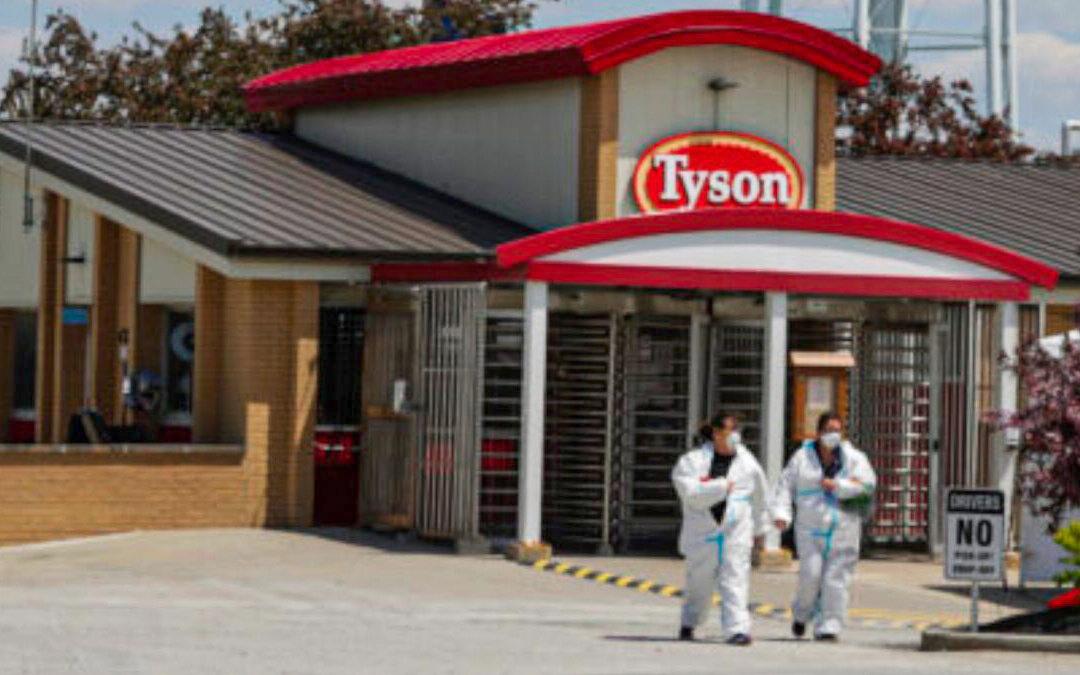On Thursday, April 21, a small plane crashed at a General Mills food processing complex in Covington, Georgia. The plane collided into four trailers in an isolated area several hundred yards from the main plant shortly after taking off from the nearby Covington Airport, killing the pilot and passenger but leaving the General Mills employees unscathed.
Taken in isolation, the incident is unremarkable except for the personal tragedy of the two fatalities involved. However, the incident is eerily similar to a plane crash that happened just days earlier on April 13, when a plane crashed into an Idaho potato and food processing plant.





